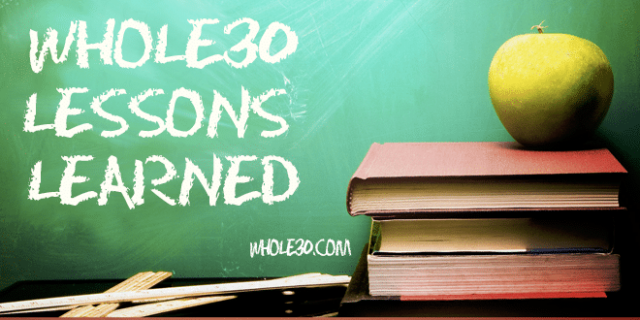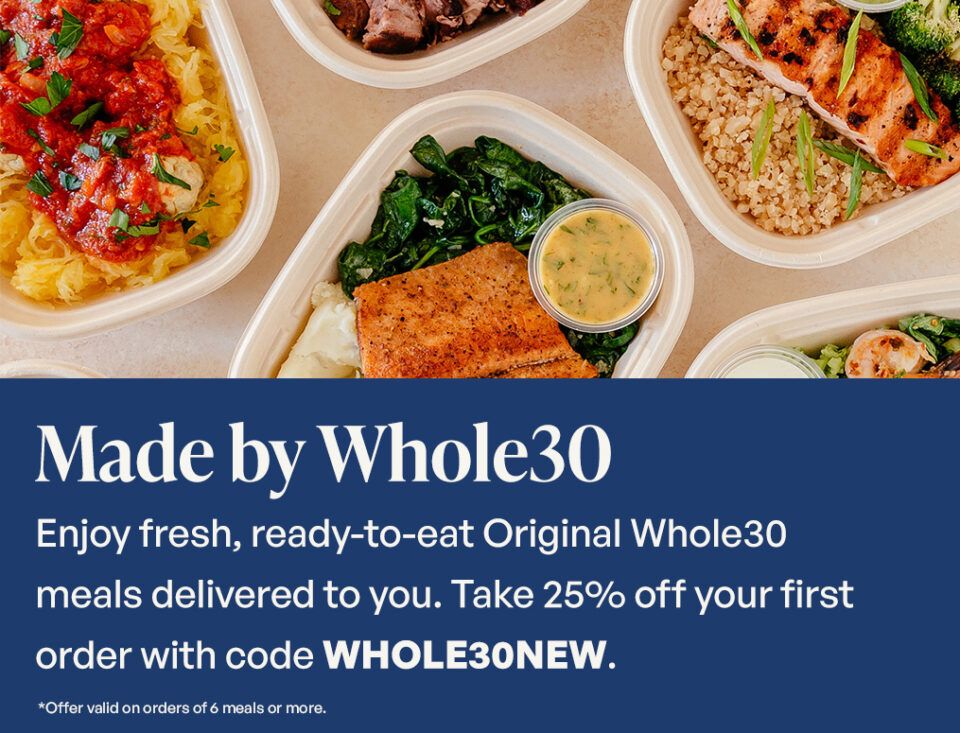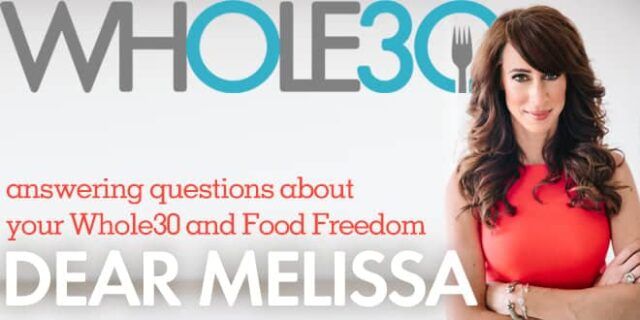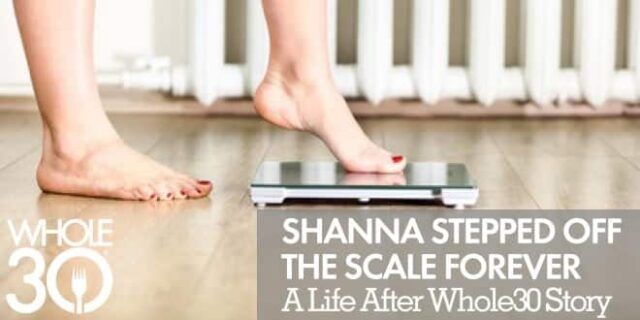Written by the co-creator of the Whole30, who still does her own program about once a year
Mid-August, I decided it was time for me to do another full Whole30 (my seventh, I think). I hadn’t done one in about a year, and although I’d thrown lots of Whole5’s and Whole7’s into the mix to keep things on track before or after a vacation or special event, sometimes a more serious intervention is needed. (I’d call sitting in bed reading a book while eating the tops off of mini-gluten-free cupcakes “intervention-worthy.” This is a thing that actually happened.)
Lots of you asked me, “Why would you, of all people, need to do more Whole30’s?” It’s an easy answer—because no matter how strong you are in your Good Food foundation, life has a way of throwing you off your game. And no one is immune.
These last 30 days have been the best I’ve had all year. I’m a ninja-cat holding a light saber riding a unicorn breathing fire in a field of rainbows. (Seriously, this is an accurate depiction of how good I feel.) Going back to the Whole30 was the best move I could have made, and I’m surprised by how many things I learned, even on my seventh rodeo.
Since so many have asked how things went and why I did it and where to get that ninja cat unicorn graphic… here you go.
Lesson #1: Stress ruins everything.
Ironically, just a few months after presenting a lecture on stress and cravings at PaleoF(x), I found myself being manhandled by my Sugar Dragon, thanks to my old friend — stress. First, I took on too many work projects at once (changing the Whole30 program rules, releasing the second edition of It Starts With Food and recording the audio book version, writing the next book, and traveling for various media appearances). This proved a stupid overestimation of time and capacity.
Oh, and I have a baby now. Who needs full-time, around-the-clock supervision. (Babies are so needy.) Also, I have to eat, and inconveniently, that means actually cooking real food. And selfishly, I also want to sleep, and exercise, and maybe if I’m lucky, spend twenty minutes sitting down with friends once in a while.
So, there’s been some stress in my life, which makes me crave sugar. It’s biology. I can’t out-willpower it, I can’t out-reason it, and I can’t tell it, “Yeah, but I’m WHOLE30 MELISSA, so, you know, just walk on by, stress-craving connection.” Which is how I found myself eating the tops off gluten-free cupcakes while riding a Sugar Dragon thinking to myself, “This is not okay. Delicious, but not okay.”
The takeaway: Stress is a sure-fire return to old, unhealthy habits and cravings. It can happen to anyone, and it will happen to you, and that’s okay if you’re prepared for it and know what to do (i.e., get back on the Whole30).
Lesson #2: No matter how much you know, there are times when you still need help.
It wasn’t like these old, unhealthy foods crept back into my life and I woke up one day saying, “What the heck happened?” I knew exactly what was happening. I knew the mechanism, I saw the signs (sleep disruption, cravings, energy fluctuations, feeling sad, negative self-talk)—I could practically predict what would happen next in my life. But despite everything I know and all the help I’ve given to others, I was feeling powerless to help myself.
I tried moderation. That doesn’t work for me (or just about anyone). I tried willpower. Stress laughed and handed me another cupcake. So I followed my own advice and decided to return to what I knew would work.
I took charge of my life where I could (my food), and I recruited help from others. I made a very public declaration that I was starting the Whole30. I asked Dallas and my friends to hold me accountable no matter what. I hid my off-plan food, stocked up on healthy stuff, and committed to eating three meals a day, exactly as our Meal Planning template described. I used the rules we created and the support of the Whole30 community we built to help me.
The takeaway: Knowing what you should do and being able to do what you know you should are not the same thing. Everyone needs help sometimes. If you’re stuck and down about it, do what you know works for you (the Whole30) and recruit as much support and help as you can. There’s no shame in saying, “I can’t do this on my own right now.”
Lesson #3: The Whole30 is MAGIC.
I know I’m biased and everything, but this program is magical. Not in the literal sense, like, “Whoa, that was my card, how did they do that?” We do understand how and why it works, and you’d think after reading literally thousands of testimonials and talking to hundreds of people about their results, I wouldn’t be surprised at my own experience. But I still found myself surprised at exactly how good I felt on Day 5*.
So energy. Such happy. Very Tiger Blood. WOW.
I know that’s the point, but no matter how many Whole30’s I do, the program still flips a switch in me and transforms my energy, mood, and self-confidence from pretty-good-okay to HASHTAG WINNING—and in between programs, I always forget how remarkable the Whole30 makes me feel. This feeling stuck with me through my entire Whole30, and is still with me today (as I have yet to go majorly off-plan—more on that soon).
The takeaway: So the Whole30 isn’t actually magic, but this program is the real deal, people. THE REAL DEAL. I’m high-fiving myself right now. Self-five. It’s that good.
*The more Whole30’s I do, the faster the Tiger Blood appears.
Lesson #4: My version of “worth it” should always be evolving.
Another surprising thing I figured out during this Whole30—most things I would have sworn in a court of Sisson were “worth it” pre-Whole30 turned out not to be worth it at all post-Whole30. Heavy cream in my coffee—not worth it. The tortilla chips with my Red Iguana cochinita—not worth it. The tiny bit of parmesan in my Whole Foods kale salad—so not worth it.
These things were “regulars” in my diet before I took on this Whole30, because after the last Whole30, I decided they were worth it. And at the time, they were. But they aren’t now, because after comparing how I feel now (without those foods) and how I felt then (with those foods), there’s just no contest. I’m glad I challenged myself to go without those foods I “knew” were okay for me for 30 days, and re-evaluate whether I wanted to include them as part of my regular daily diet going forward.
One thing that’s here to stay (as soon as I decide I really, really want it)? Popcorn, covered in lots and lots of butter. And I’m not even going to clarify it.
The takeaway: Your definition of “worth it” should be critically evaluated on a regular basis. Don’t be afraid of flip-flopping here—you’re the one who calls the shots, and your favorite “treat” today may be tomorrow’s “this just isn’t doing it for me.”
Lesson #5: The “slow roll” may be prove even more helpful than the 10 day reintroduction.
This article might as well have been “Dear Melissa, from Melissa,” because in our new “slow roll” reintroduction schedule, we basically outlined a road map for myself post-Whole30. (I’m glad it helped some of you too, though.)
The 10-day reintroduction schedule is perfect for those itching to get back to some of their regularly scheduled foods and drinks, and anxious to ditch the training wheels and ride their own bikes. For the rest of us, though, who just can’t imagine forcing themselves to reintroduce bread, milk, or sweets at this point in our transformation, we gave you the “slow roll.”
And that’s exactly where I am right now—slow rolling.
Since my Whole30 has been over, I’ve eaten chicken sausage with added sugar, non-clarified butter, ketchup, and the regular old (cane sugar added) Sunbutter. Not exactly what I’d call “going off the rails,” but I feel SO GOOD (did I mention that?) that nothing I’ve come across—nothing—has been worth it yet. So I’m just going to keep on keeping on right where I am, relaxing on the added sugar rule, but sticking to the Whole30 for everything else.
This has proven incredibly effective at solidifying my return to healthier habits. I’ve had an extra week of Whole30-ish, still feeling amazing, not feeling restricted at all (thanks to a slight relaxing of the rules), and feeling totally in control of deciding for myself whether something is worth it or not. I feel like I can keep this up indefinitely, and that when something amazing-special-delicious-worth it does come along, I’ll be fully capable of enjoying it without disturbing my slumbering Sugar Dragon.
The take-away: We’ll be recommending this “slow roll” approach a lot more often going forward, especially for people who are nervous about sliding back into automatic eating habits.
Whole30 For the Win!
So there you have it—five things the co-creator of the Whole30 learned from her own program. Does this motivate you to do another Whole30, finish the program you started (a few times), or slow your reintroduction roll? Share your experience in comments.
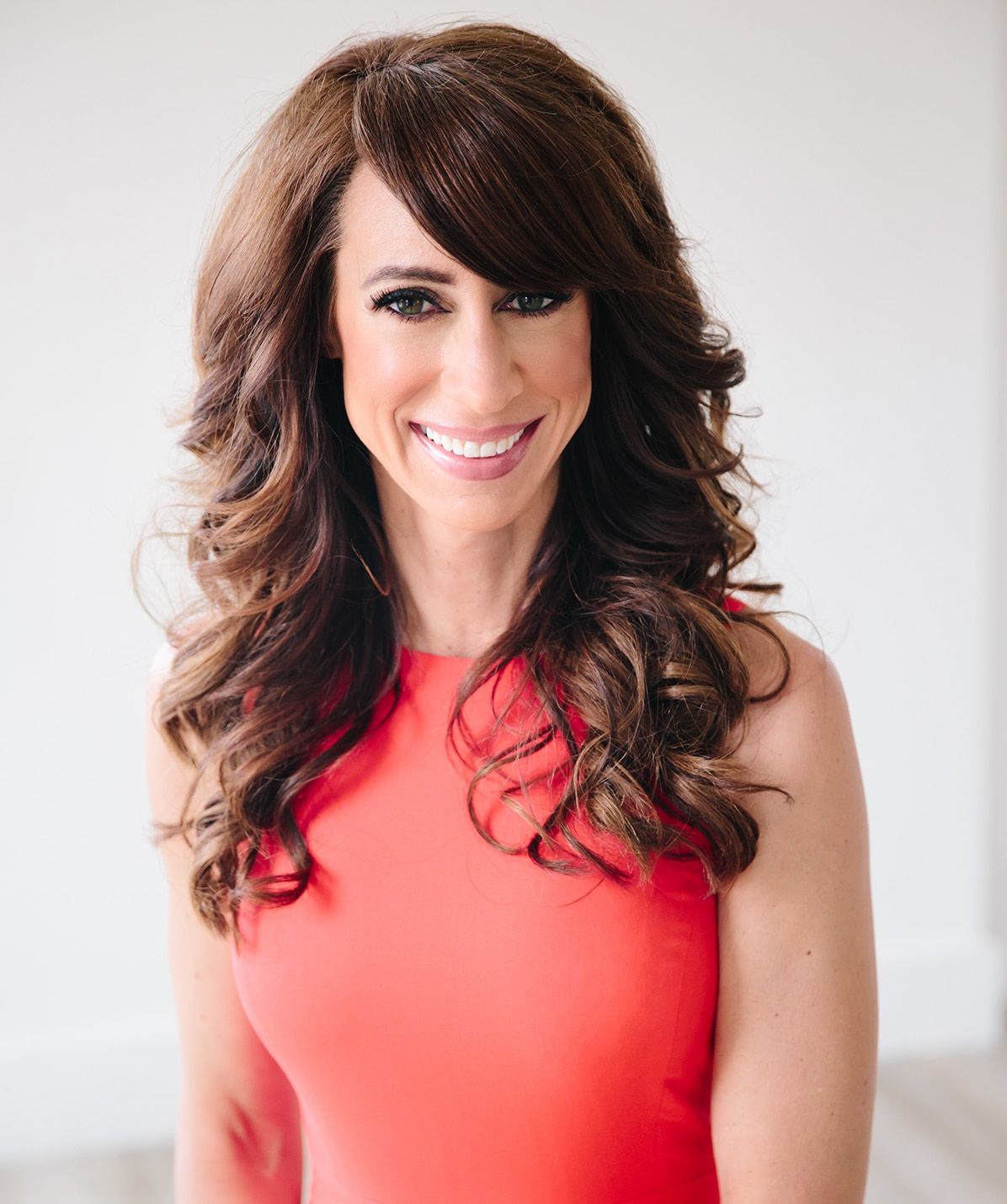
Melissa Hartwig is a Certified Sports Nutritionist, and the author of the New York Times bestselling books It Starts With Food and The Whole30: The 30-Day Guide to Total Health and Food Freedom; and the upcoming Food Freedom Forever. She has been featured in the Wall Street Journal, Details, Outside, SELF, and Shape as the co-founder of the Whole30 program. Melissa lives in Salt Lake City, UT.
Photo credit: Marie Carmel Photography

